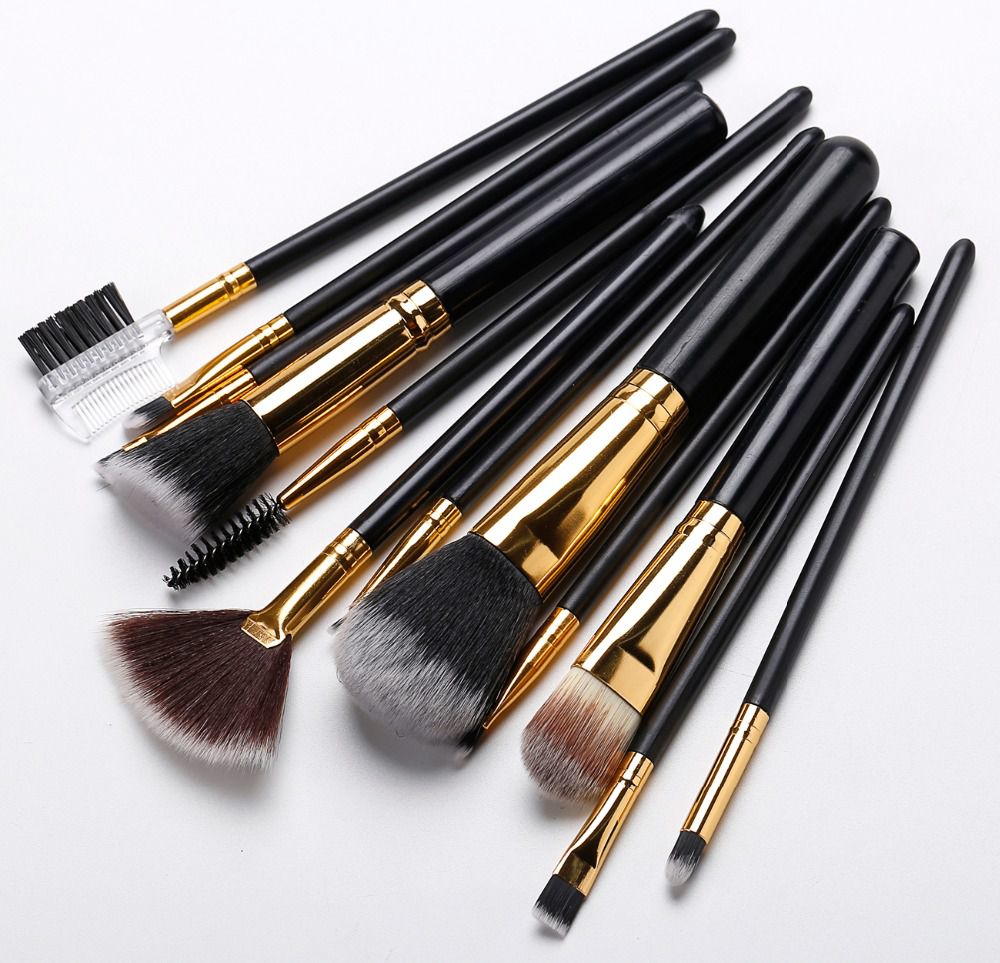Industry news
Mexican Brush Producers Focus on Near-Shore Manufacturing to Serve U.S. Demand
- 468 Views
- 2025-06-28 10:32:57
Mexican Brush Producers Focus on Near-Shore Manufacturing to Serve U.S. Demand
In recent years, the U.S. cosmetic industry has witnessed a notable shift in its supply chain dynamics, with Mexican brush producers emerging as key players by doubling down on near-shore manufacturing. This strategic pivot comes as U.S. brands and retailers increasingly prioritize agility, cost efficiency, and supply chain resilience—factors that have reshaped sourcing strategies post-pandemic and amid evolving global trade policies.

The U.S. remains the world’s largest cosmetic market, with annual spending on beauty tools, including化妆刷, exceeding $3.2 billion, according to Statista. Traditionally, this demand was met primarily by Asian manufacturers, particularly in China and South Korea, which dominated production due to lower labor costs and established supply chains. However, challenges like prolonged shipping times (often 4–6 weeks for trans-Pacific routes), rising ocean freight costs, and geopolitical uncertainties have exposed vulnerabilities in over-reliance on far-shore sourcing.
Enter Mexico. As a near-shore partner, Mexico offers proximity that translates to tangible operational benefits. Shipping from Mexican factories to U.S. distribution centers takes just 5–10 days by land, cutting lead times by over 70% compared to Asian imports. This speed is critical for U.S. brands navigating fast-changing beauty trends, where seasonal launches and viral social media-driven demand require rapid inventory replenishment. For example, a Mexican manufacturer supplying a major U.S. retailer reported reducing stockouts during peak holiday seasons by 35% after shifting production from China to Baja California.
Beyond logistics, policy tailwinds further boost Mexico’s appeal. The U.S.-Mexico-Canada Agreement (USMCA), which replaced NAFTA in 2020, lowers trade barriers by eliminating tariffs on most cosmetic products and simplifying customs procedures. This not only reduces costs but also enhances compliance certainty—a key advantage as U.S. regulators tighten scrutiny on product safety and sustainability claims, such as cruelty-free certifications and eco-friendly materials.
Mexican producers are capitalizing on this momentum by investing in advanced manufacturing capabilities. While labor costs in Mexico are higher than in parts of Asia, they remain competitive compared to the U.S., and manufacturers are offsetting this by adopting automation. Factories in Guadalajara and Monterrey now use robotic assembly lines for precision tasks like brush head attachment, improving consistency and output. Local suppliers are also scaling up production of raw materials, including synthetic brush filaments and sustainable bamboo handles, reducing reliance on imports and further shortening supply chains.
However, challenges persist. Mexico’s cosmetic brush industry is still maturing, with many producers historically focused on low-cost, bulk orders. To compete with Asian counterparts on quality—particularly for high-end makeup brushes favored by luxury brands—Mexican manufacturers are partnering with U.S. design firms and investing in worker training programs. For instance, a cooperative in Puebla recently collaborated with a California-based beauty brand to develop vegan brush lines, incorporating specialized training in filament blending and ergonomic handle design.
Looking ahead, the near-shore shift is poised to deepen. A 2024 survey by the American Apparel and Footwear Association found that 62% of U.S. beauty retailers plan to increase sourcing from Mexico over the next three years. This growth is expected to foster a more integrated North American supply chain, with Mexican factories evolving from mere producers to strategic partners, offering customization, just-in-time delivery, and co-development of innovative products.
For Mexican brush producers, the focus on near-shore manufacturing is not just about meeting current U.S. demand—it’s about positioning themselves as resilient, innovative players in a rapidly transforming global beauty industry. As U.S. brands prioritize speed, sustainability, and reliability, Mexico’s地理 proximity and policy advantages are turning it into a cornerstone of the North American cosmetic supply chain.











